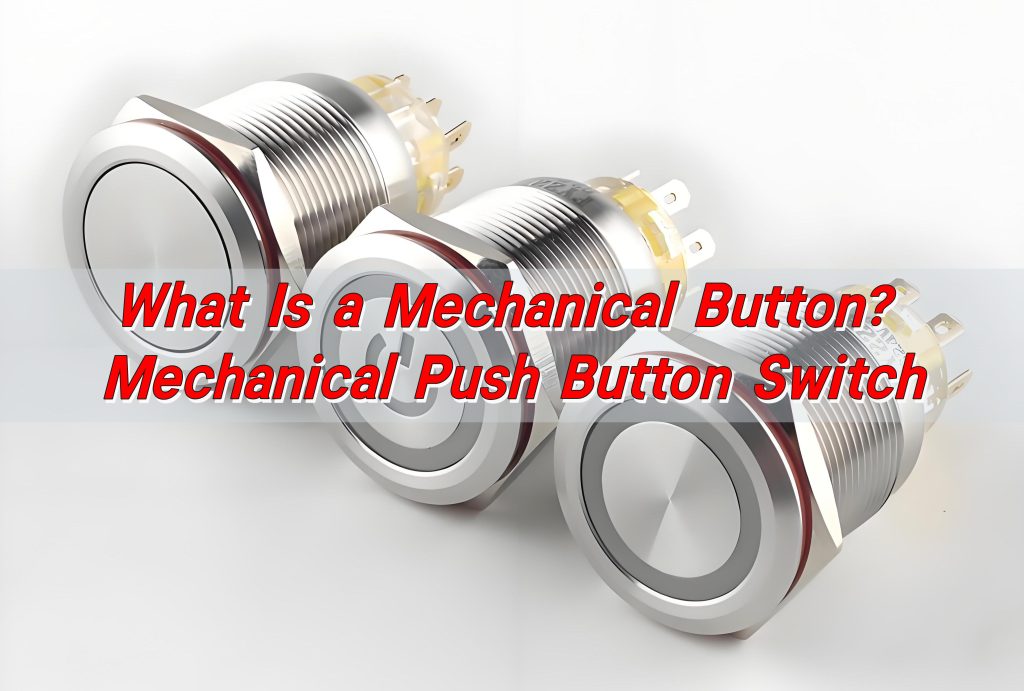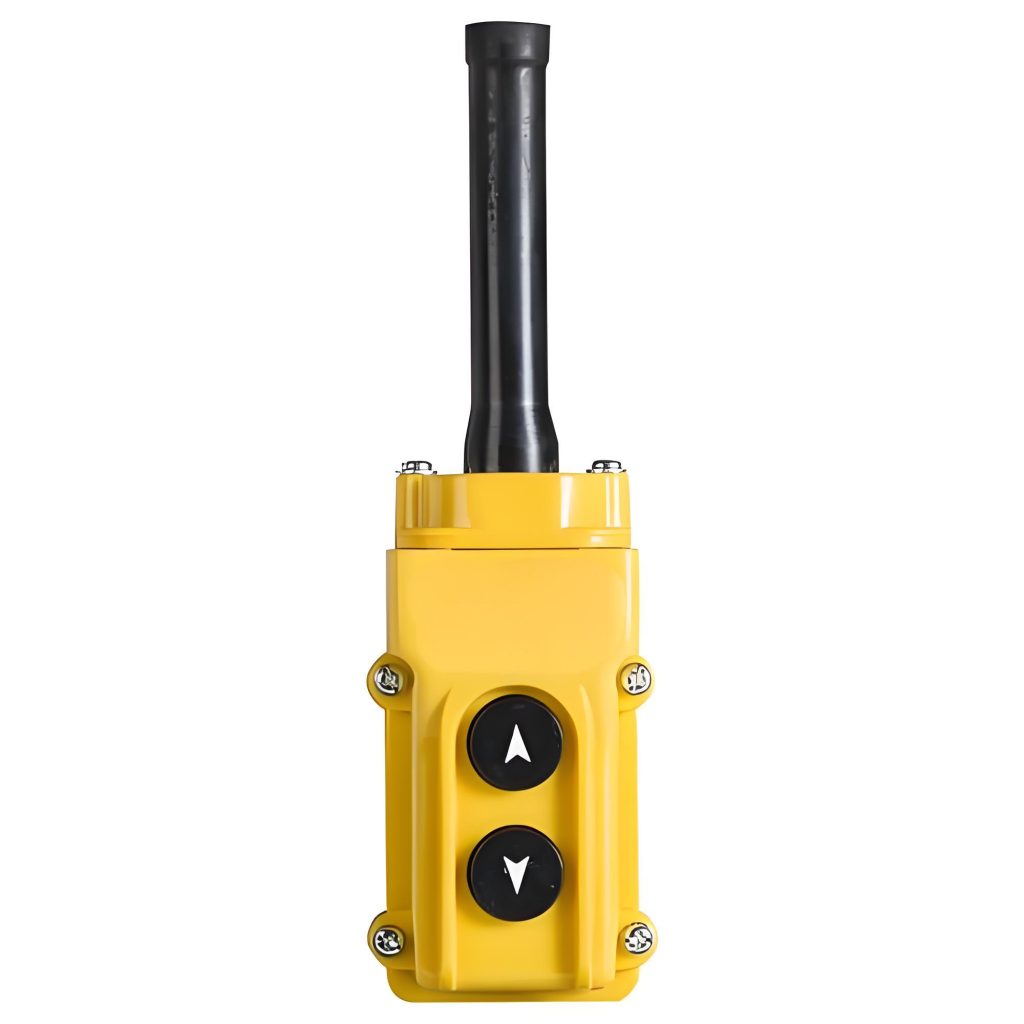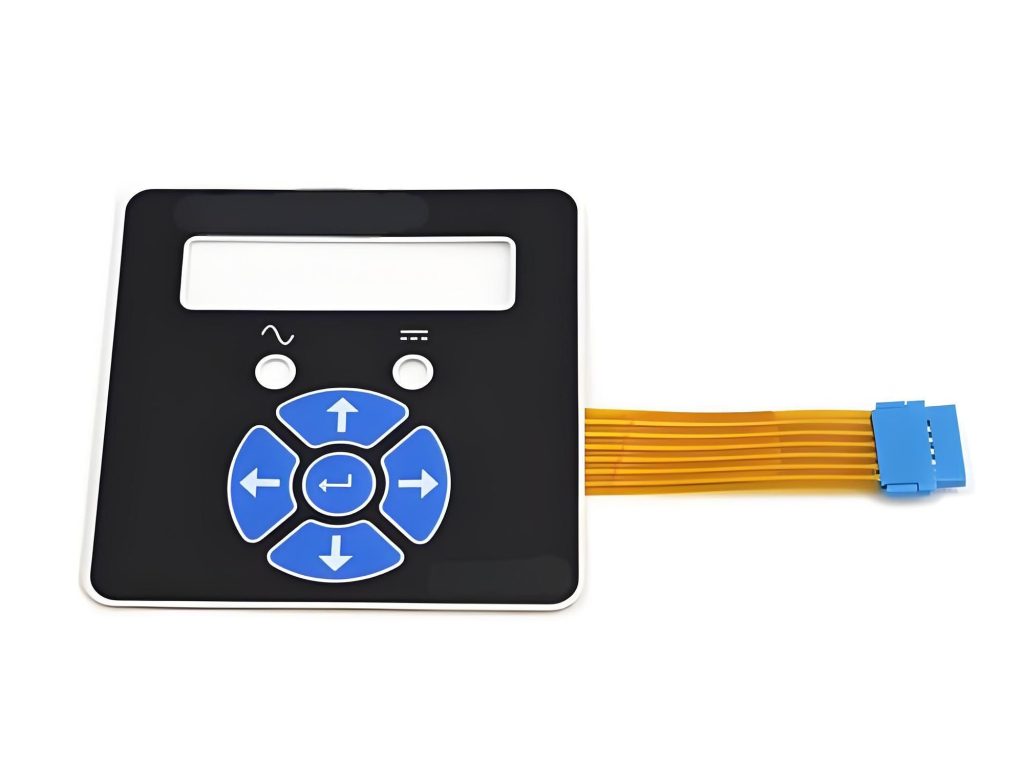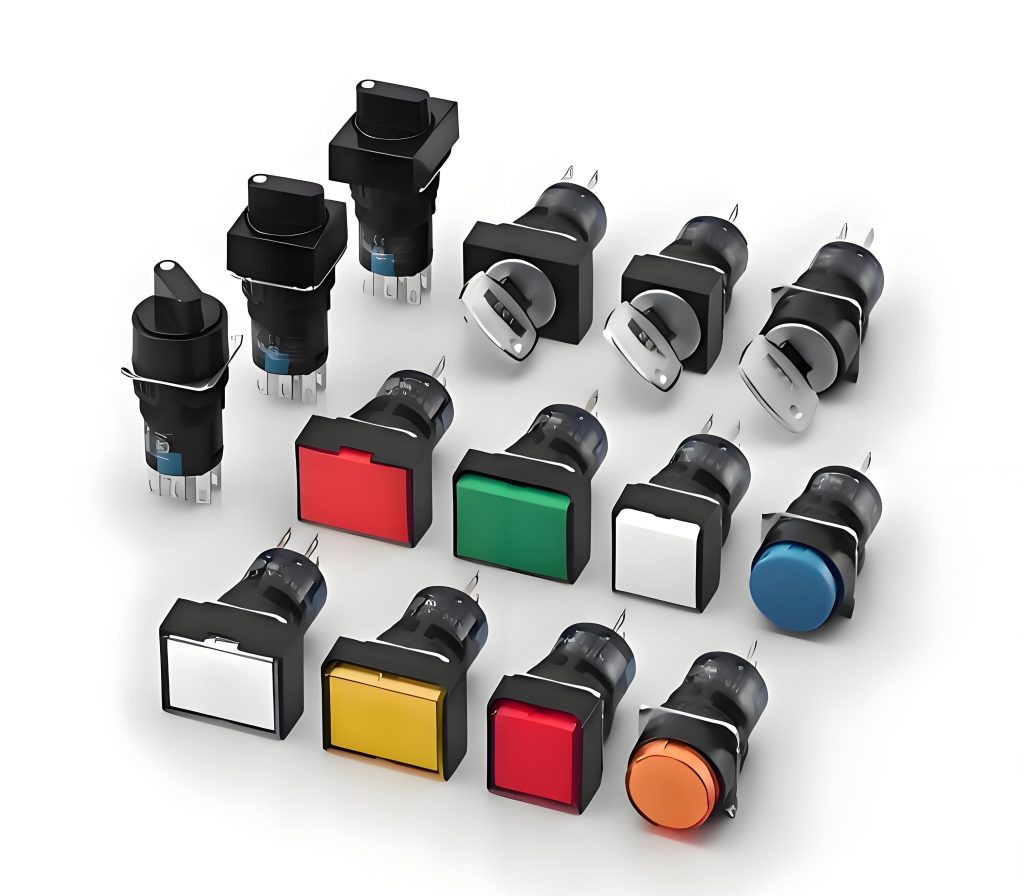
What Is a Mechanical Button? Mechanical Push Button Switch
What Is a Mechanical Button? Mechanical Push Button Switch
What Are Mechanical Buttons?
Mechanical button is a type of switch that physically completes or breaks an electrical circuit through mechanical movement. When pressed, the button pushes internal contacts together, allowing current to flow. Once released, a spring or mechanism separates them again.
This physical action provides both tactile feedback and a distinct mechanical feel. That’s why devices like keyboards, machinery panels, and control systems still rely heavily on them.

The design of a mechanical button usually includes:
- Actuator or Cap – The surface that the user presses.
- Spring Mechanism – Returns the button to its original position.
- Electrical Contacts – Conduct electricity when closed.
- Housing – Protects internal components.
Mechanical buttons can handle high cycles, meaning they can be pressed millions of times without failure. In short, mechanical buttons are reliable, responsive, and designed to last.
What Are the Three Types of Buttons?
When it comes to general button classification, most fall under mechanical, membrane, and capacitive types. Each type works differently and fits different application needs.
- 1. Mechanical Buttons
These are the most traditional type. They rely on moving parts to make or break an electrical connection. The user gets immediate feedback through the feel or sound of a click.
These use thin, flexible layers to complete circuits. They are often flat and sealed, making them ideal for environments that require waterproofing or easy cleaning—like medical devices or kitchen equipment.
- 3. Capacitive Buttons
These rely on detecting changes in electrical charge caused by a finger’s touch, just like your smartphone screen. They don’t move physically but respond instantly to touch.
Mechanical buttons stand out among these three due to their tactile feel, long lifespan, and precision. While capacitive buttons are sleek, and membrane buttons are cost-effective, mechanical ones offer a unique blend of performance and satisfaction.
What Are the Different Types of Mechanical Buttons?
There are several types of mechanical push button switches, each designed for specific applications.
- 1. Momentary Push Button Switches
These are the most common. They stay active only while being pressed. Once released, they return to their default position. Think of doorbells or keyboard keys.
- 2. Latching Push Button Switches
These maintain their position after being pressed. Press once to turn on, press again to turn off—like a power switch on a flashlight.
- 3. Illuminated Push Button Switches
These come with built-in LEDs that light up when activated. They’re often used in machinery, dashboards, and control panels to provide visual feedback.
- 4. Tactile Buttons (Tact Switches)
Small and compact, these are commonly found in remote controls or compact devices. Despite their size, they deliver a distinct click sound and feel, giving users instant feedback.
- 5. Long Life Mechanical Buttons
Designed for industrial or heavy-duty use, these switches can withstand millions of cycles. They often feature gold or silver contacts for enhanced conductivity and corrosion resistance.
Each type of button is crafted with precision, ensuring that no matter how many times it’s pressed, it maintains reliable performance.

Are Mechanical Buttons Better?
Mechanical buttons are often considered better due to their tactile feedback, longevity, and reliability. The physical feel of pressing a mechanical switch gives users assurance and control—something membrane or capacitive buttons can’t fully replicate.
Mechanical buttons also excel in environments where accuracy matters. For example, in machinery, medical instruments, or control equipment, operators need to feel that each press has registered. The “click” response confirms action without needing to look at the panel.
In short, mechanical buttons provide precision through touch. They may not be as sleek as touch panels, but their reliability and durability make them the go-to choice for professional and industrial applications.
Is Mechanical Better or Membrane?
The debate between mechanical and membrane switches depends on the application. Each has advantages.
Mechanical buttons provide superior tactile response and are built for repeated use. They are perfect for industrial, automotive, and electronic control systems. Membrane switches, on the other hand, offer smooth surfaces, easy cleaning, and better sealing against dust and liquids.
If your design prioritizes durability and user feedback, mechanical is the better choice. If your priority is cost efficiency and compactness, membrane buttons may work better.
In practical terms, mechanical buttons dominate in machinery, keyboards, and control devices where precision is key. Membrane switches shine in medical and consumer devices where hygiene and flat surfaces matter.
Do Mechanical Buttons Last Longer Than Membranes?
Yes, they generally do. Mechanical push button switches are engineered for high cycle life. Many can last over 5 million to 10 million actuations, depending on the materials used.
Membrane switches, although reliable, typically last around 1 to 2 million cycles. The difference comes down to the mechanism itself—mechanical switches rely on durable moving parts and metal contacts, while membranes use printed circuits that may wear over time.

In heavy-use environments such as industrial control systems or mechanical keyboards, long life mechanical buttons clearly outperform other types. Their longevity translates to fewer replacements, reduced downtime, and lower maintenance costs.
What Is the Disadvantage of a Mechanical Switch?
Mechanical switches, though highly reliable, have a few limitations. They typically require more physical space and cost slightly more to manufacture. The moving parts can wear out if exposed to extreme dust or moisture without protection.
However, modern designs have solved many of these concerns. Many mechanical buttons now include sealed housings or IP-rated protection, which prevents dust or liquid ingress. The improvements in materials—like gold-plated contacts and reinforced springs—also enhance lifespan.
So while there are minor drawbacks, the benefits outweigh them for most industrial and professional applications.
Do Mechanical Buttons Last Longer?
Absolutely. A well-designed mechanical button can last for millions of operations. This durability comes from the physical structure—the robust housing, precise actuation mechanism, and strong contact materials.
The longer lifespan also means better reliability in critical systems, such as medical devices, military controls, and aerospace instruments. In those sectors, a failed button could lead to major issues, so reliability is not optional—it’s essential.
How Does a Mechanical Button Work?
When you press the cap, the actuator moves downward, compressing a spring. This motion causes the metal contacts to touch, completing the circuit. Electricity then flows through, triggering the connected function.
Once you release the button, the spring expands again, separating the contacts and breaking the circuit. The system returns to its original state, ready for the next press.

Some buttons use tactile domes or snap mechanisms to create that crisp clicking feel. Others use different contact materials to handle higher currents or reduce wear.
Mechanical Button Design Considerations
Designing a mechanical button isn’t just about function—it’s also about feel, look, and durability. A well-designed mechanical button offers a smooth press, a distinct response, and consistent performance over its lifetime. Key design factors include:
- Contact material: Gold or silver contacts improve conductivity.
- Housing material: Metal or reinforced plastic for protection.
- Seal rating: IP65 or higher for outdoor or industrial use.
- Actuation force: Light press for consumer electronics, heavier press for industrial panels.
Conclusion:
Mechanical buttons strike the perfect balance of engineering, feedback, and design. From rugged construction to precise performance, these buttons bridge the gap between man and machine through tactile feel and reliability.
If you’re looking for custom mechanical buttons or membrane switches, reach out to our team at sales@best-membraneswitch.com

Top Membrane Switches for Home Electronics Projects in 2025
You can elevate your home electronic membrane switch project in 2025 with standout models such as the 4×4 Matrix 12 Keys Keypad from SOUSHINE, the rgb-enabled strip switches from Molex, and custom graphic switches by Panasonic. These switches offer slim profiles and reliable performance, making them easy to integrate into your DIY setup. You gain ...

Top tips for fixing PS4 controller conductive film keypads
Are you frustrated because your PS4 controller buttons have stopped working? You are not alone. Many gamers experience issues with the conductive film keypad for ps4. Button failures often happen because of dirt, debris, or rough handling. Take a look at the most common causes: Cause Description Dirt and debris Accumulation in button crevices can ...

Top Membrane Switch Companies Leading the Industry in 2025
You see a dynamic market shaping the future of membrane switch technology. Leading companies like Molex, SOUSHINE, YU AN Electronics, TE Connectivity, Honeywell, Omron, Mitsubishi Electric, Panasonic, Industrial Print Technologies, SCHURTER, XYMOX, Douglas Corp, Dyna-Graphics, ELO Touchscreens, UTC, LUNFENG Technology, and Fujikura drive growth with innovation and global reach. Choosing the right membrane switch company ...
Contact us online